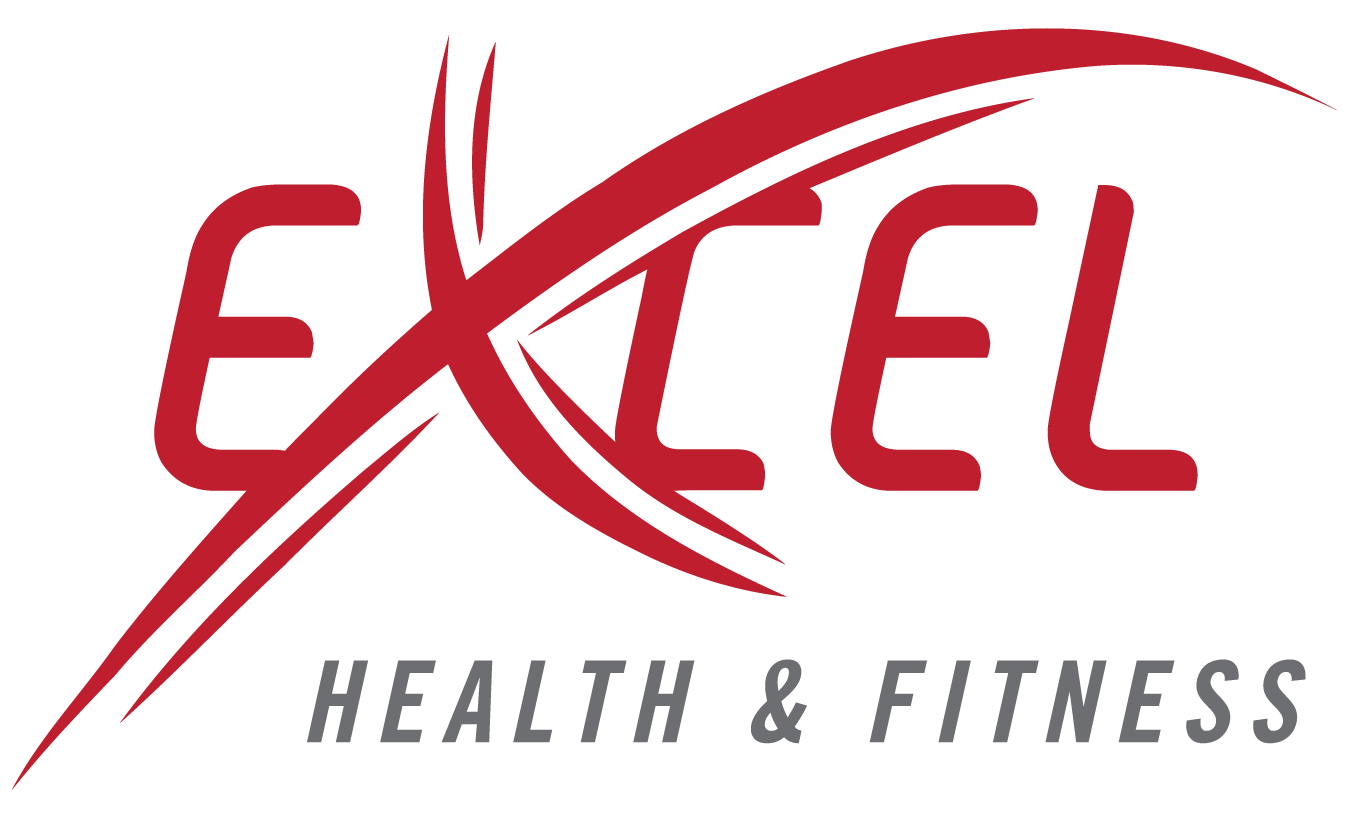You’ve Probably Seen It Happen
You try one test and it says 24%. Another says 30%. Then you step on a smart scale at home and get a third number entirely.
It’s frustrating, and honestly, it makes you wonder if any of it is accurate.
At Excel Health & Fitness in Manteca, we explain this all the time. The truth is: different body fat tests use different technology, and they’re all measuring in slightly different ways.
Let’s break down why the numbers don’t always match — and which ones actually matter.
3 Reasons Body Fat Tests Don’t Agree
1. Each Test Uses a Different Method
BIA devices (like smart scales or handhelds) use electrical currents
Calipers estimate based on skinfold thickness
DEXA scans use low-dose X-ray imaging
Fit3D uses infrared cameras to scan your body shape
Each one is based on a different formula and assumption — so they naturally produce different numbers.
2. Your Body Changes Hour by Hour
Even if you used the same machine twice in one day, you might get slightly different results depending on:
What you ate or drank
How hydrated you are
Time of day
Whether you just exercised
That’s why we recommend testing under similar conditions each time (same time of day, same hydration, etc).
3. Not All Machines Are Calibrated the Same
Some commercial gyms and clinics don’t regularly update or calibrate their machines, which can lead to off readings. At Excel, our Fit3D scanner is maintained and consistent, so when you retest, you’re getting reliable comparisons.
So Which One Should You Trust?
Here’s what we tell our members:
Don’t chase the “perfect” number. Look for a consistent trend from the same method.
If your Fit3D scan says 30% body fat and three weeks later it says 28%, that’s progress, even if another machine would give you a different starting point.
Pick one method and stick with it. That’s the only way to measure real change.
Why We Chose Fit3D at Excel
We picked Fit3D because it’s:
Consistent from scan to scan
Doesn’t rely on your hydration or meal timing
Gives a full visual and numerical breakdown
Easy to use regularly without stress
Whether you’re trying to lose fat, gain muscle, or just track progress, it helps you stay focused on trends, not random numbers.
